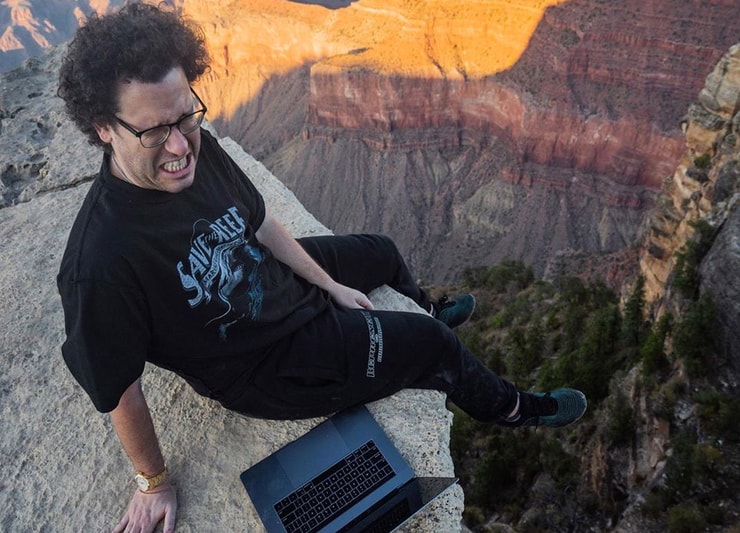It’s easy to think that a stock like AMTD Digital Inc. (NYSE: HKD), up +1500% in a matter of days, is a great short opportunity.
But most traders aren’t aware of a hidden cost lurking in this stock…
One that can cost you a fortune.
I’ve seen this happen before with Supernovas time and again.
It happened in GameStop Corp. (NYSE: GME), crushing shorts in the process.
And the worst part…many of them got the trade right!
It’s my job to ensure every one of you and my students knows the risks surrounding Supernovas.
They are incredibly profitable patterns. And if you want to keep things simple, stick to only buying shares.
But for those of you who want to dance with the devil, here’s what you need to know.
Shorting Ain’t Free

When someone shorts a stock, they must borrow shares from their broker.
Many traders don’t realize they have to pay to do this.
For stocks that are highly liquid with large floats, the fees are negligible.
But when a stock becomes hard to borrow, this can get pretty expensive.
The first thing to understand is that the fees vary by broker, sometimes drastically. Not all brokers have shares available to short either.
I remember a specific situation in 2020 with Nikola Corp. (NASDAQ: NKLA).
Shares went parabolic, just like HKD.
At the time, the float was extremely small. The company planned on doing an offering a few months later.
But until then, finding shares to borrow was downright impossible.
Because of the supply issue, two things happened.
First, options markets went haywire. Because you couldn’t borrow shares to short the stock, the cost of bearish put option bets went through the roof.
Second, and more importantly, brokers began to charge as much as $1.00 per share per day to borrow the stock.
That meant even if you day traded the stock, you still paid $1.00 for every share your shorted.
HKD is even worse!
Right now, brokers are quoting rates of anywhere from $4.00 – $27.50 to borrow shares.
Think about that for a moment.
You could short HKD from $927.50 down to $900 and not make a dime.
Disaster Scenario

So far, shorting sounds pretty bad, right?
Well, it can get a whole lot worse.
Let me take you back to early 2020 and a trader’s favorite stock, Luckin Coffee Inc. (OTC: LKNCY).
This Chinese coffee chain stock was popular amongst traders to go long and short.
On April 7th, shares were halted on word of falsified sales data.
When exchanges halt trading, you can get stuck in your position for anywhere from 30 to 45 days.
And guess what…
If you were short shares, the daily borrow rate accrued the entire time!
Imagine getting caught in HKD for 30 days at a cost of even $4.00 per share.
Every share you owned would cost you $120.
10 shares would put you out a cool $1200.
And can you imagine if you got stuck with a $27.50 rate?
More Breaking News
- Semler Scientific’s Bitcoin Gamble: Prospects for a Financial Upswing?
- Real Messenger’s Nasdaq Debut: A New Player in Real Estate Tech?
- 3 CRYPTO PENNY STOCKS TO WATCH AS BITCOIN NEARS $100K
This scenario is rare. But all it takes is getting caught in just one of these during your entire trading career to end it all.
The Bottom Line

For me, the juice isn’t worth the squeeze.
I don’t short anymore, and I certainly don’t short stocks with high borrowing costs.
There’s plenty of money to be made on the long side.
I’d rather build up steady profits over time and consistently grow my account.
That’s not to say that money can’t be made on the short side.
Heck, I did it for years, and several of my millionaire students do this incredibly well.
However, they understand the risks and know what to look for when trading these volatile Supernovas.
Because, let’s face it, trading is hard enough without having to pay brokers extra money.

Leave a reply